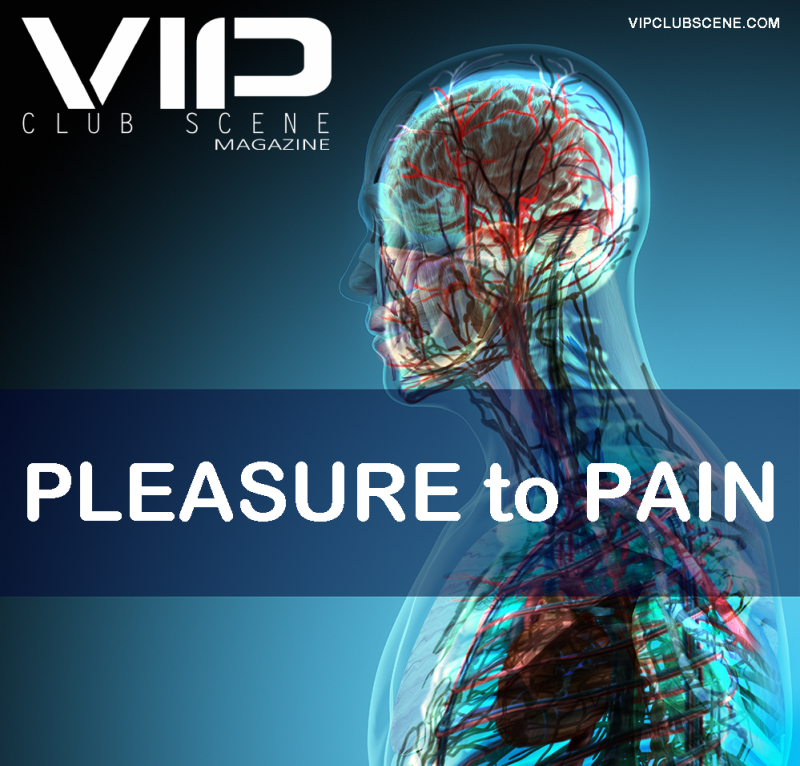PLEASURE to PAIN
Have you ever stopped to think about the stuff you stuff your face with? It’s a curious thought, isn’t it? Often, we are extremely aware of what we introduce into our bodies, driven by the pleasure, effects, or emotions they cause. From the occasional glass of wine to the puff of smoke, our choices are influenced by personal preferences, collective norms, and even advertising.
Look at the stupendous range of products advertised daily. Unless you’re living in a remote swamp, feasting on alligators and frogs (which, by the way, aren’t typically featured in mainstream commercials), you’re likely bombarded with images of foods, drinks, and other consumables. Those advertisements breezily shape our perceptions, desires, and ultimately, our choices.
Yet, when we poke deeper into the abstract of our choices, a more problematical tale emerges. It’s not just about the immediate gratification or the lasting high. It’s about the human experience, the sexual touch, and sometimes, the escape from reality. Why else would someone indulge in substances, even when they’re fully aware of the possible ramification?
Take alcohol, for instance. To many, it’s a social lubricant, a way to unwind after a long day, or a means to celebrate life’s milestones. But for others, it’s a crutch, an addiction. The alarming reality of drunk driving stands testament to this. Despite the risks, the legal consequences, and the countless campaigns urging people to “drink responsibly,” many still get behind the wheel under the influence. Why? Is it out-and-out recklessness, or is there a big psychological underpinning?
According to VIP Club Scene Magazine, every year thousands of people make the reckless decision to drink and drive. The National Highway Traffic Safety Administration states that 28 people in the US die every day because of an alcohol-impaired driver, equating to around 10,000 people a year. Most states in the US have set the legal alcohol limit at 0.08% blood alcohol content, which is reached by most people after just three to four drinks. Despite the evident dangers, why do so many still choose to drive under the influence?
A study from the University of Valencia in 2015 sought to answer this question. While 60% of the respondents believed that driving drunk was a high-risk behavior, 9.7% admitted they had driven after drinking in the past. The reasons varied from having no other way to go home, believing they were still capable of driving, or simply thinking they wouldn’t get caught.
In closing, our relationship with substances is all around. While they can offer moments of joy, relaxation, and escape, they also come with probable problems. It’s crucial to approach our choices with awareness, understanding, and humane, both for ourselves and for others.
